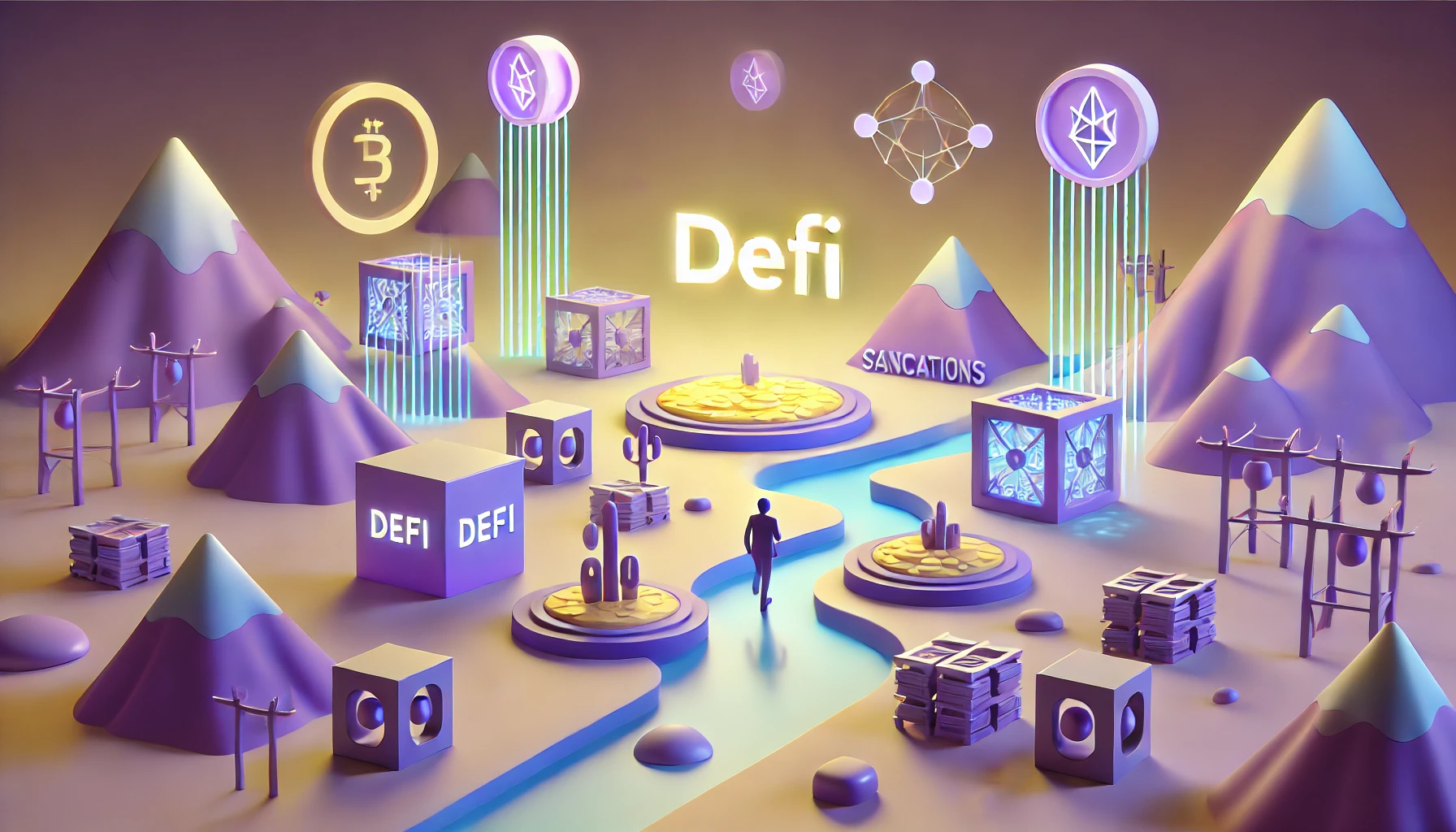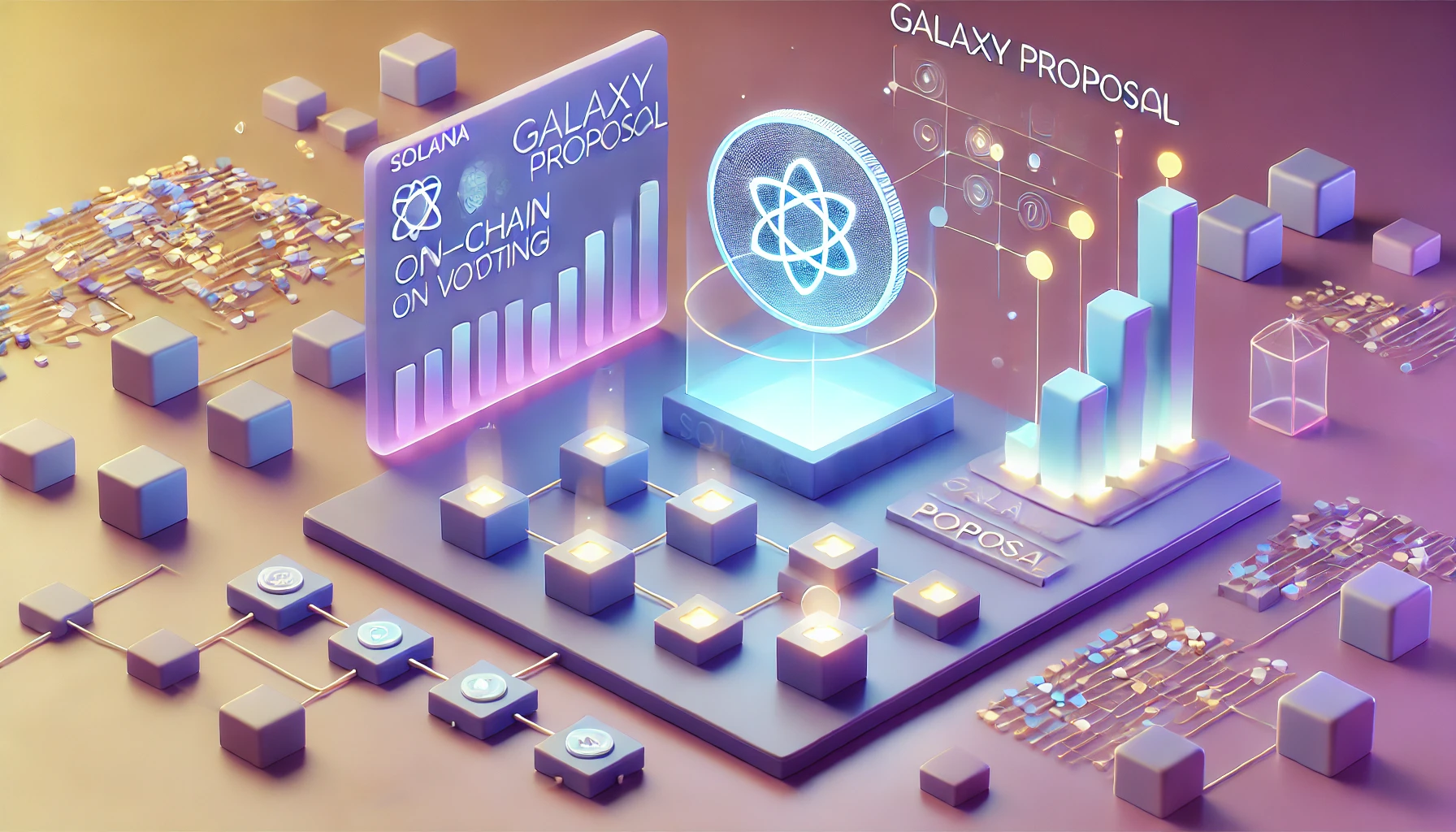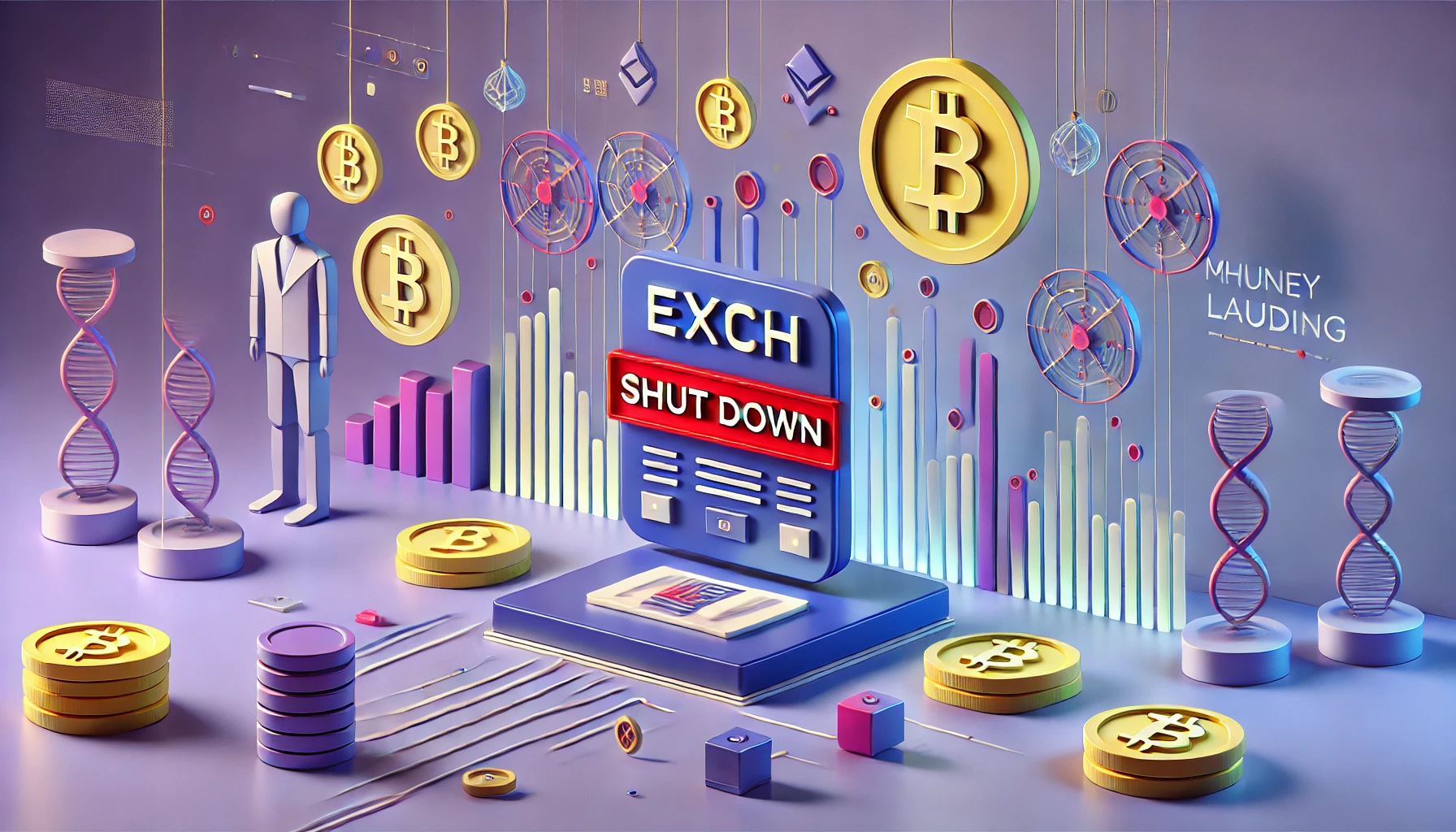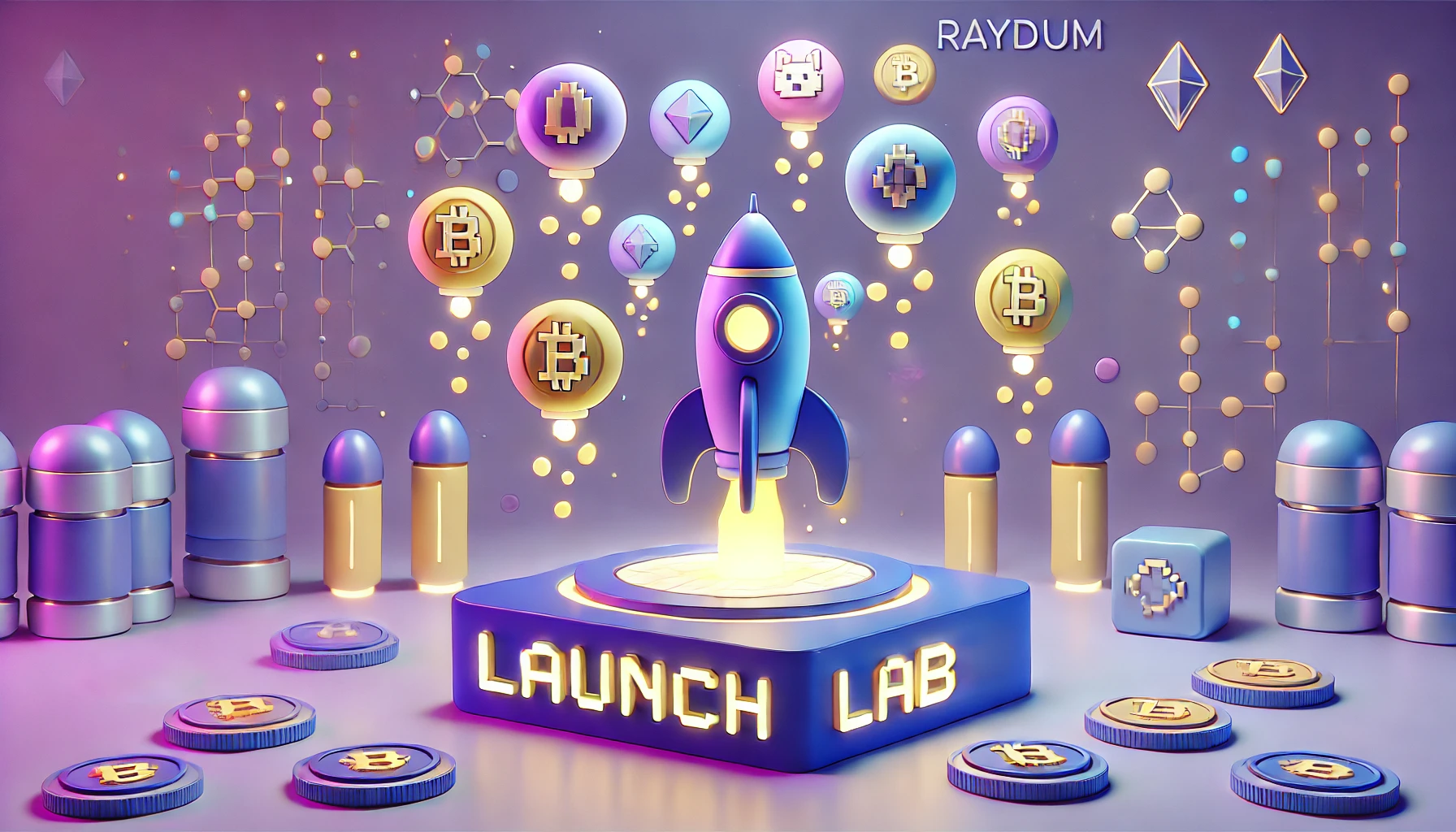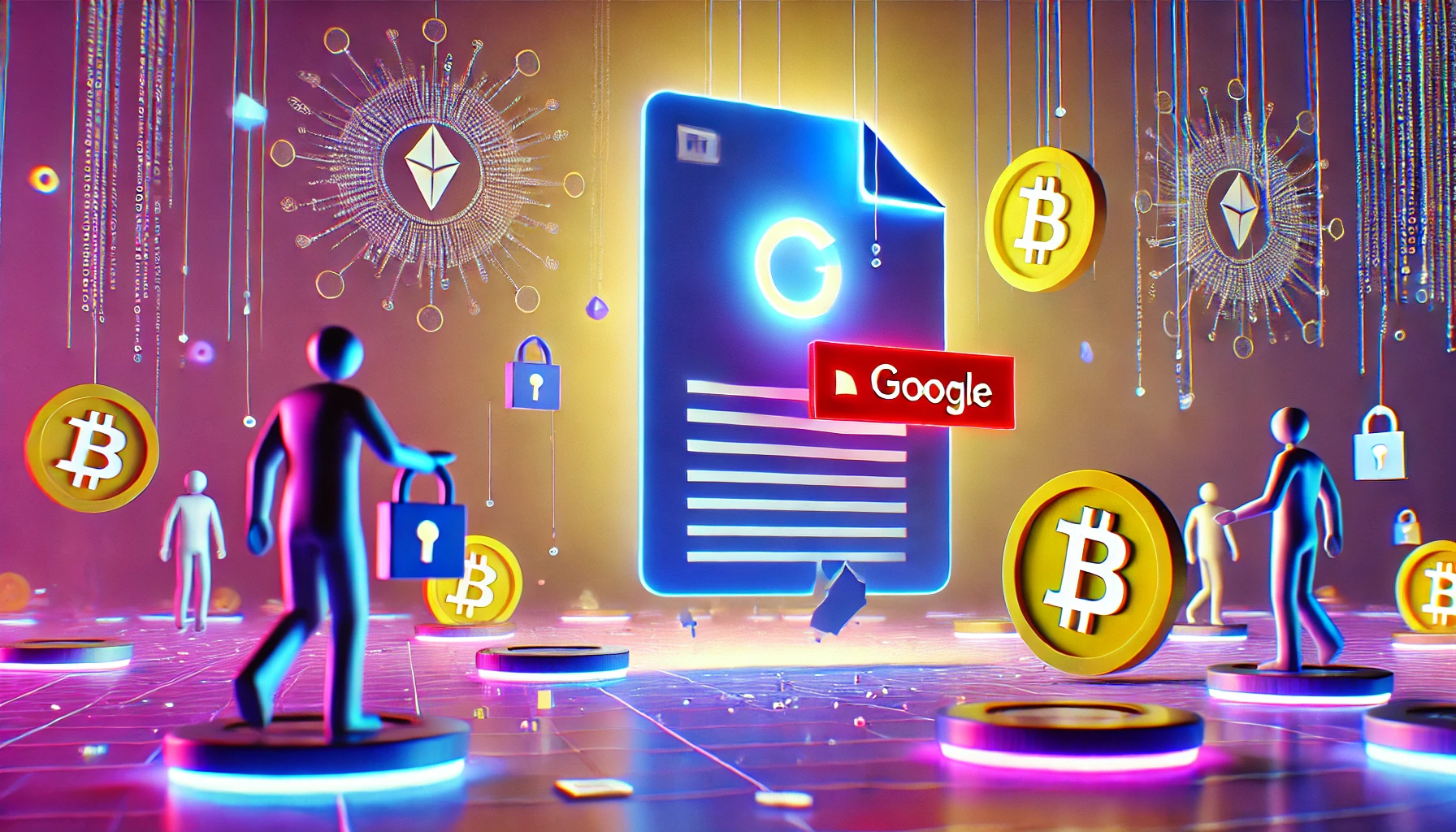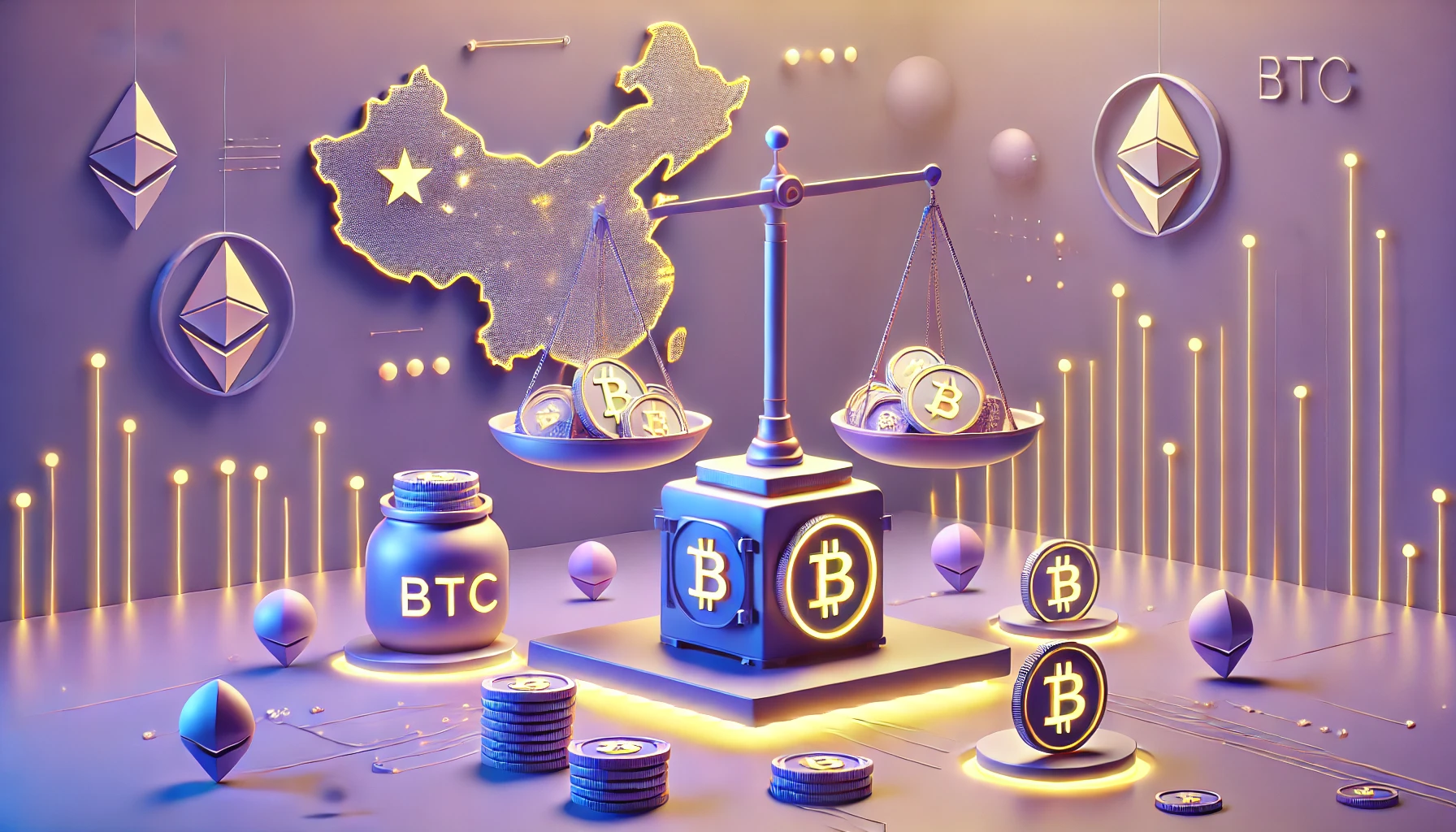This article tells you everything you need to know about a tool that is widely used in the world of cryptocurrencies: Token Burning.
Token Burning: what is it?
Token Burning refers to a specific quantity of cryptocurrency tokens that are “burned”. They are voluntarily and permanently removed from circulation. However, this does not mean that the tokens are literally destroyed. In fact, the “burnt” tokens are sent to a “dead wallet”, known as an “eater address”. This is an inaccessible and inactive wallet (since there is no private key). Once the tokens have been sent to this wallet, it is impossible to reverse the process or withdraw tokens. Token burning is an irreversible process.
Who is behind Token Burning?
The development teams are generally responsible for the token burning.
Anyone who owns tokens can ‘burn’ them, but it is not recommended to do so as this results in an unnecessary loss of tokens. However, the Proof of Burn (PoB) consensus is a way for miners to profit from token burning: they ‘burn’ their tokens to obtain the right to mine a block and validate transactions.
When does Token Burning occur?
Some tokens are ‘burnt’ sporadically, others periodically and still others gradually.
What is Token Burning used for?
Token Burning is a way of making a cryptocurrency more valuable by taking tokens out of circulation. In doing so, the scarcity of a cryptocurrency increases due to the law of supply and demand. By decreasing the supply of tokens for a cryptocurrency, there is an imbalance between supply and demand: the cryptocurrency increases in value and its price rises (as long as demand remains the same or increases).
Token burning can also be used to keep the price of a cryptocurrency relatively stable, to encourage token holders to keep their tokens…
Conclusion
Token burning is a widespread but complex practice in the world of cryptocurrencies. This practice involves removing a specific number of tokens from circulation and rendering them unusable. Its main aim is to influence the value of a cryptocurrency upwards by reducing its supply. This can be considered artificial scarcity.
Nevertheless, token burning does not guarantee that a cryptocurrency will be valued, as many factors go into determining its value (laws and regulations, market demand, competition, confidence in a cryptocurrency, etc.).





